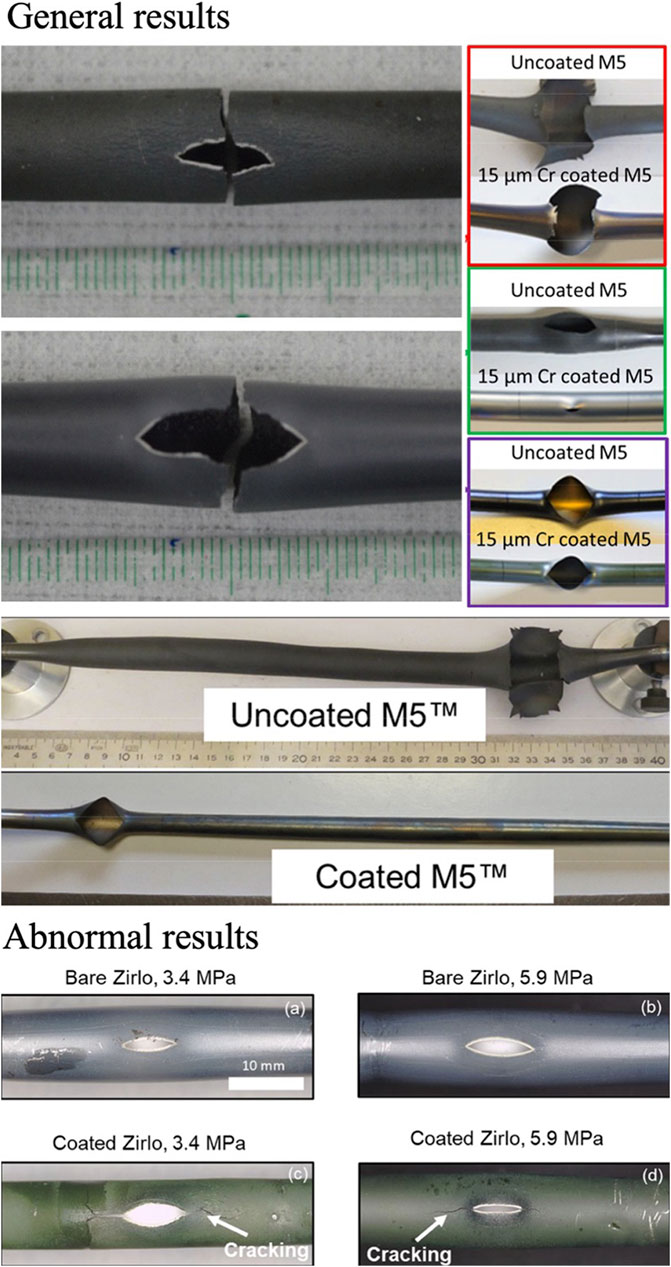
**Fighter Jets and Missiles at the Forefront of Progress**
Upcoming fighter jets and missile technologies may soon handle temperatures that would lead to the failure of current engines, thanks to advancements in protective coating innovations. Engineers in South Korea have introduced a dual-layer coating system that can safeguard experimental metal alloys in conditions capable of vaporizing steel.
**Cutting-Edge Heat-Resistant Coating**
A research group at Hanbat National University, under the guidance of Joonsik Park, has demonstrated that a sequential boron-silicon coating can maintain the integrity of a new category of metallic materials at 1300 degrees Celsius. This is approximately 200 degrees higher than what current aerospace alloys can endure. The coating promotes a stable nano-grain structure, functioning as a temperature-resistant barrier to shield the underlying metal from deterioration.
For more than eight decades, nickel-based alloys have been at the forefront of high-temperature aviation uses. Although ceramic coatings have pushed the boundaries of these alloys, nickel starts to soften above 1100 degrees Celsius, constraining its performance. Park’s investigation looks into whether high-entropy alloys (combinations of five or more metallic components in equal shares) can surpass this limit when paired with an effective protective coating.
**The Issues with Single Coating**
The research team tested a high-entropy alloy known as TiTaNbMoZr, which includes titanium, tantalum, niobium, molybdenum, and zirconium. At first, a silicon-based coating applied via pack cementation showed potential but developed fissures after ten hours at 1300 degrees Celsius because of reactions that created zirconium dioxide. The alloy without a coating experienced severe oxidation.
Incorporating a boron layer before the silicon coating resulted in a surface structure consisting of three protective compounds: metal borides, metal silicides, and a hybrid boron-silicon phase. Together, these layers offered enhanced stability against oxidative damage.
**Extending Temperature Limits**
This dual-layer strategy significantly minimized mass gain from oxidation, as oxygen interacted minimally with the metal. The boron-silicon layers preserved a nano-scale crystal structure even under extreme high-temperature conditions, a phenomenon not previously observed.
The implications of these findings could extend to numerous sectors, such as power generation and chemical production, by delivering materials that are stable at previously unattainable temperatures. For the defense industry, enhanced components for jet engines, missile systems, and rocket thrusters are likely to be the initial beneficiaries.
**Conclusion**
These encouraging results were reported in the Journal of Materials Research and Technology in September 2025. The research highlights the necessity of aligning coating techniques with particular alloy compositions, given that their effectiveness may vary based on surface chemistry.
While laboratory findings are promising, the application of these coatings in real-world aerospace situations remains uncertain. Engines are subjected to various strains beyond just heat that must be endured. Nevertheless, the 200-degree increase surpasses the capabilities of existing nickel alloys, potentially transforming future high-performance engine designs.
[Read the complete study](https://doi.org/10.1016/j.jmrt.2025.08.263)
**Support Our Independent Journalism**
We advocate for accessible science journalism that educates and inspires. If our efforts resonate with you, consider making a donation. Your support, in any amount, helps us uphold our mission of delivering accurate and trustworthy news. Join us in ensuring that quality knowledge is available to everyone. Thank you!